Panneaux marron

You're driving down the autoroute and every so often, you see one of the many tall, brown signage situated at the side of the road. But what do they mean?
Introduced by President Georges Pomidou in the 1970s, these panneaux d'animation - animated signs - are designed to promote towns and attractions of tourist interest that are located close by.
As motorway driving can be quite monotonous, the intention is to break this boredom, and possible fatigue, by grabbing the attention of passing motorists and piquing interest.
What locations are shown?
There is a strict
criteria that must be followed, if an attraction or town is to be
featured on a panneau marron:
- the location must be of natural, historical, cultural or tourist
interest;
- it must be open to the public;
- they must be located no more than 30 kilometres from the
motorway, accessed from the next junction;
- it cannot relate to a living person;
- it must not be an advert - so a business may request a sign that
promotes what the town is famous for.
Even if an attraction meets the above criteria, this doesn't mean they will automatically accepted for signage. Brown signs are usually replaced every 15 years or so, but who gets new signs is down to a comittee consisting of local and regional representatives, as well as the motorway operator - a process that can take as long as two years.
Their design
Even the design of brown signage must meet strict criteria:
Design
There must be an animated graphic of the attraction, with a text description
above or below the drawing. Some motorway operators even use some of
France's most well known artists to create these designs.
It needs to be simple enough so that it can be understood within three seconds at 130 km/h.
Colours
Operators are limited to four shades of brown (from a choice of ten), plus
white.
The standard "chocolate brown" used on tourist signs must be used, and has to cover at least 30% of the sign. This also ensures the sign is easily distinguished from other signage.
Shape
The dimensions of a sign do vary by operator. Whereas some still use the
traditional 3x2 format, Vinici and Effiage Group have switched to a modern
slimline "totem" design.
Do they work?
Surveys by motorway operators do suggest they are successful in generating new custom. Some attractions have seen visitor numbers increase by as much as 30% since a sign was installed, and up to 25% of motorists have been tempted to visit somewhere they've seen promoted.
Signage away from the motorway
On the general road network, signage generally takes a more traditional format, similar to regular direction signs.
The "chocolate brown" colour is retained, but elaborate designs are replaced by simple symbols:
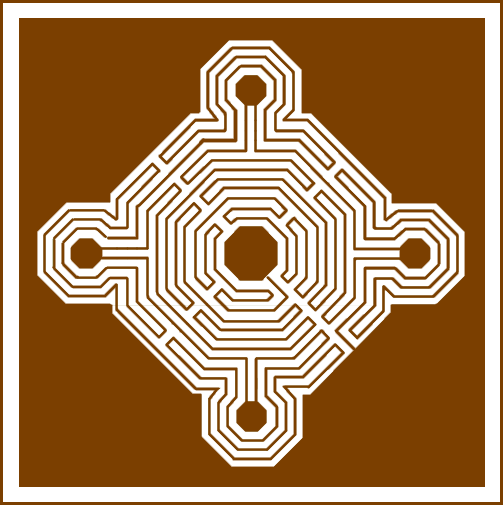 |
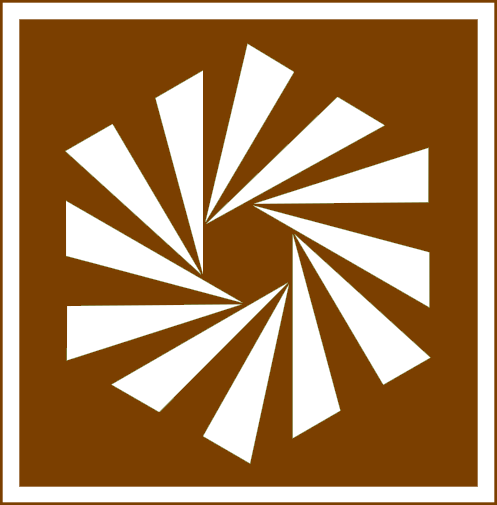 |
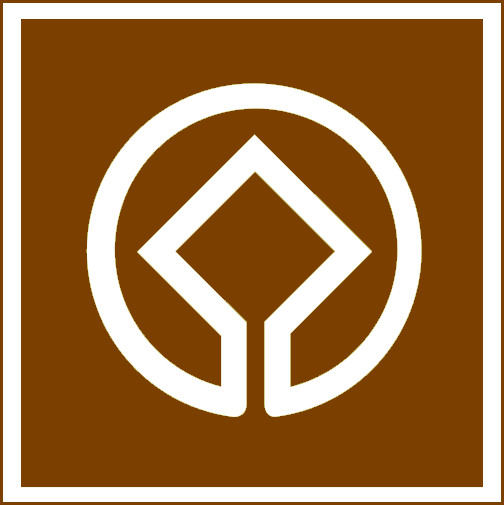 |
 |
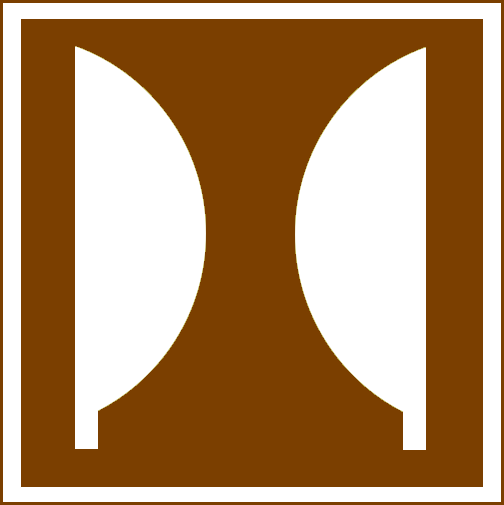 |
|
Historical monument |
Registered site of |
UNESCO World Heritage |
Musée de France |
Jardin remarquable |
For signs promoting a natural or historic cultural attraction, the colours are inverted:
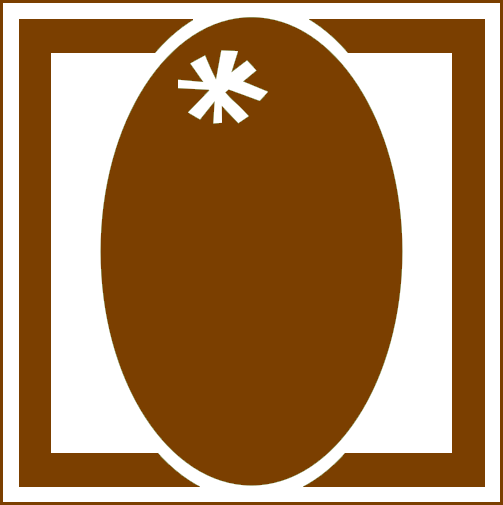 |
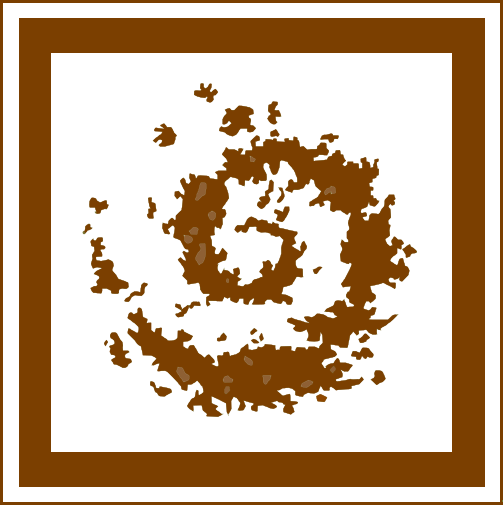 |
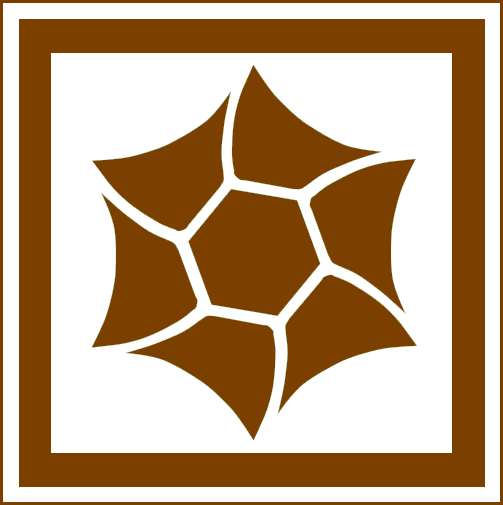 |
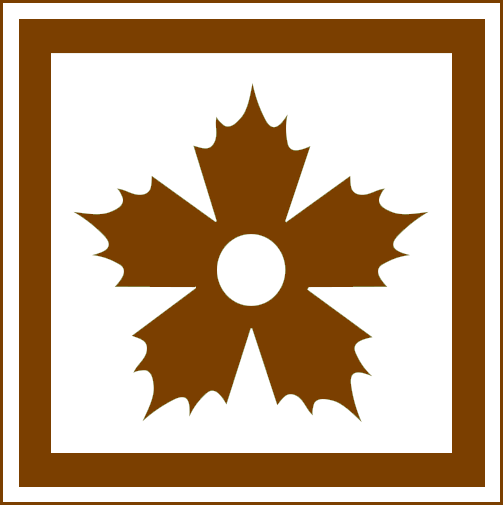 |
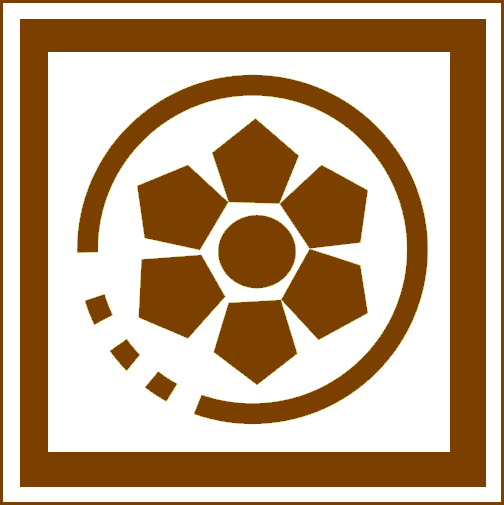 |
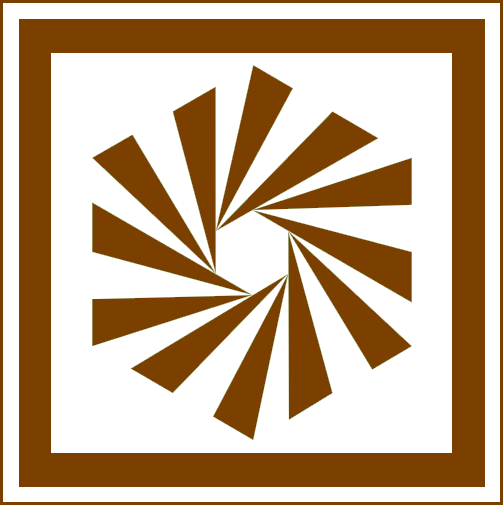 |
|
Natural regional park |
National Park |
Nature reserve |
Conservatoire du littoral |
Espace naturel
sensible |
Grand site de France |
Graphical designs are used in places, but these can only depict a cultural attraction up to 15km away. The sign must be situated no more than a 10-second drive from the next junction.

Tourist attractions signposted on
the D983 on the
Col de Guéry
pass in the Auvergne
Photo credits
Mâcon sign is
taken from an original by Chabe01 and is used under
this Creative Commons license
D983 sign is
taken from an original by Chris Zwolle and is used under
this Creative Commons license